There are risks to having a C-section and benefits to vaginal birth
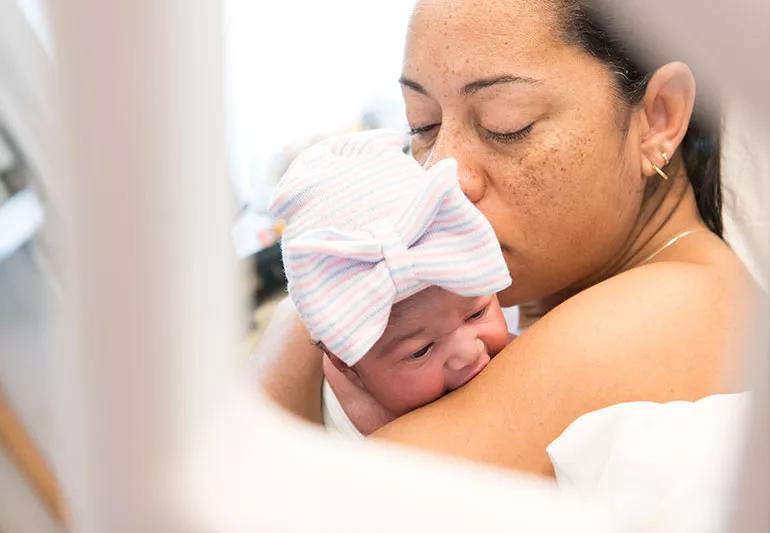
The number of births via cesarean section has steadily increased over the past 20 years, with about 1 out of every 3 U.S. babies born via C-section today, according to the U.S. Centers for Disease Control and Prevention (CDC).
Advertisement
Cleveland Clinic is a non-profit academic medical center. Advertising on our site helps support our mission. We do not endorse non-Cleveland Clinic products or services. Policy
While C-sections are sometimes necessary to save lives, many pregnant women are opting to schedule them when they aren’t medically necessary, says the U.S. Department of Health and Human Services.
“While C-sections can prevent injury and even death to those with high-risk pregnancies and their babies, they are also linked to increased risk of complications like blood clotting and infections,” says Ob/Gyn Rebecca Starck, MD. “Do not put yourself or your baby in an unnecessary, dangerous position by opting for a C-section when you don’t need one.”
The rapidly rising rate of C-sections among low-risk births has sparked the Department of Health and Human Services to set a national goal of reducing the number of C-sections among low-risk pregnant women with no prior births by 23.6% over the next year. This figure does not include C-sections that are medically necessary for the health of the mother or the baby.
Going through labor and having a vaginal birth can be a long process that can be physically taxing for the mother. “But C-sections come with risks for the mother, including risks from anesthesia, blood loss, infection, a longer recovery period and potential for a higher risk of postpartum depression,” says Dr. Starck.
Advertisement
There also are potential risks for a baby born via C-section.
“Babies undergo a process during a vaginal birth that readies their lungs, which are filled with fluid in the uterus, to breathe oxygen after birth,” Dr. Starck says. Babies born via C-section can have respiratory issues with extra fluid in their lungs at birth because they don’t have the chance to undergo this process.
“Babies born vaginally also receive a dose of good bacteria as they travel through the birth canal,” Dr. Starck says. This may boost the baby’s immune system and protect the intestinal tract.
Other benefits of vaginal birth include:
You might assume that because your first baby was born via C-section that all of your children will have to be born this way. “Many worry that the scars from the C-section will open with a subsequent pregnancy,” Dr. Starck says.
“In fact, the likelihood of the uterus scar splitting open is a very low risk. There’s generally less than a 1% chance of that happening,” Dr. Starck says. “We encourage most expectant mothers to consider and try a vaginal birth after a C-section.”
In the end, the decision around a vaginal birth or a C-section should focus on delivering a healthy baby, Dr. Starck says.
“We want to support a healthy delivery and a healthy baby,” she says. “Sometimes there is a medical reason that a delivery doesn’t end up as a vaginal birth to keep either the mother or the baby safe. But to decide on a C-section for a non-medical reason may not be in the best interest of the mom or her baby.”
Dr. Starck says she often reminds her patients that while the unpredictability of labor can seem frightening, it’s really just the first step in learning about the unpredictability of being a parent.
Advertisement
Learn more about our editorial process.
Advertisement

Placenta consumption hasn’t been shown to have any health benefits, but it can cause infections

Sitting, squatting and side-lying may provide a more comfortable labor and delivery

Use relaxation techniques and breathwork to help manage the discomforts of a medication-free birth
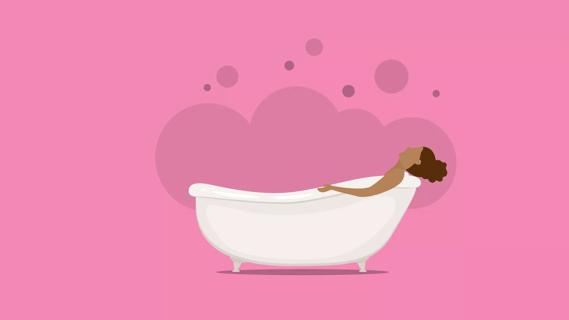
Rinses, sitz baths, ice and medication can help the healing
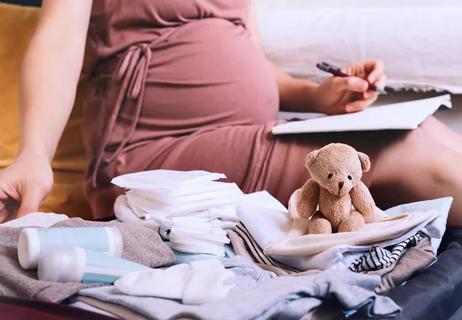
Babies aren’t great about scheduling, so be sure to pack a month or two before your due date
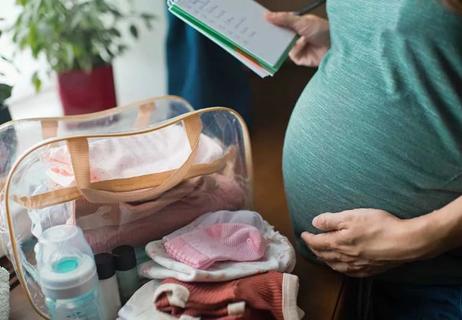
You can plan for almost anything, but be flexible about the outcome

An expert explains delayed cord clamping, including risks and benefits
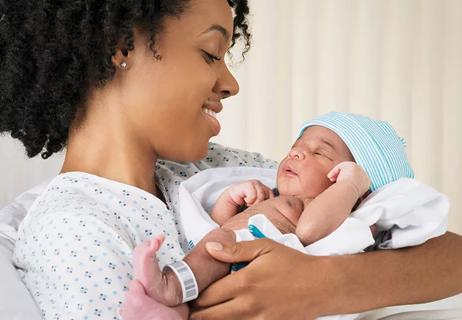
What to expect after having surgery

Start having sex about 72 hours before ovulation, then at least every other day during your fertile window

Attachment theory suggests that your earliest relationships shape connections throughout your life

It isn’t a recognized mental health disorder, but research shows that problematic social media use can negatively affect your mental health, self-esteem and sleep